Last week, we shared Elopement Ideas At Beautiful Uluru and couldn’t get this stunning shoot out of our heads! Today we’re back with more, this time with photographer Jaz Anderson of In the Mood for Love sharing tips for having an adventure elopement at Uluru-Kata Tjuta National Park – an extremely special part of Australia. Take it away, Jaz!
Uluru-Kata Tjuta National Park is the ideal location for an intimate wedding. The cultural significance of the area compliments the breathtaking scenery, and there’s really no place quite like it to create memories that will last a lifetime. Choosing the right type of wedding ceremony can make a huge difference to your nuptials. If you’re like me and love the great outdoors and travel, then adventure elopements in Central Australia are a great way to incorporate this into your ceremony, by creating a unique experience that getting married in a magical place, such as Uluru, can provide.
Below are some reasons why Uluru is such an incredible place to have your wedding photos captured, and some tips and information about the area.
Unrivaled scenery
The beauty of Uluru-Kata Tjuta National Park is deeply embedded in the rich cultural history of the area. From the 30,000-year-old rock art draped in the history of the Anangu people, to the sunsets that sprawl across the starkly beautiful desert landscape. The park has designated five specific spots for you to choose from, each for a very special reason.
The rock formations that made this park such an iconic Australian landmark stand the test of time because of the Anangu in their joint management of the park who have taken such great care in maintaining the park’s pristine majesty. They also know where all of the sun’s best rays hit and have organised the many walks around the park to facilitate the best angles for photography (meaning that no one is tempted to stray from the designated trails – a massive no-no!). This attention to detail means that you and your wedding photographer will have everything you need to capture amazing candid photographs with backgrounds that make Photoshop pretty much unnecessary.
The welcoming vibe
National parks almost always offer great photo opportunities; however, Uluru-Kata Tjuta National Park sets itself apart by not only making allowances for these kinds of visits but actively encouraging them. The rangers do this in order to promote just what a one-of-a-kind destination this park is and why it’s so important that we do everything in our power to protect these lands.
There are rules, of course, such as staying on the beaten path and out of off-limits zones, but once you learn the rich history of this sacred site, the idea of breaking them will be unthinkable.
It’s not just about nature conservation
The feeling you get from being so strongly connected to the Anangu societal foundations takes what would be a typical intimate wedding in Uluru and turns it into a cultural experience unlike any other.
The Anangu culture is thousands of years old. The story behind the creation of the world is beautiful when told by the Anangu people. They believe that the land, animals, plants, and people are all interconnected, and capturing your intimate wedding or elopement photos in the park is a truly incredible way to visualise those beliefs.
The seasons at Uluru-Kata Tjuta National Park
There are five seasons you’ll want to pay attention to when planning your elopement photography shoot in Uluru-Kata Tjuta National Park:
Piriyakutulpriya piriya (August to September) – Temperatures are comfortable during this season. The piriya (the warm wind from north to west) arrives during this time and life is bustling in the park.
Mai wiyaringkupailkuli (December) – It gets downright scorching – over 40 degrees during the day! It’s not usually rainy, but you may have to watch for storm clouds rolling in.
Itjanu/inuntji (January to March) – During the beginning of the year, heavy rainfall can happen in the park and it’s still pretty hot. Depending on the type of vibe you’re looking for in your photos, you may enjoy the dramatic skylines and rainy aesthetic.
Wanitijunkupai (April to May) – This is when things start to really cool down so if you’re looking for a styled shoot with a little less heat, this would be a great time to plan your photoshoot.
Wari (Late May to July) – It can get so cold during these months that frost and dew show up in the mornings. The cooler weather transforms the scenery while the frost cures the grasses.
The practical stuff
Depending on what season you decide on, you’ll want to make sure you dress accordingly. Wearing comfortable shoes is a must—like the white high-top sneakers I used to style my shoot at Uluru-Kata Tjuta National Park. They will help keep you comfortable as you adventure through the park with your partner and photographer.
And although your actual wedding ceremony won’t take place inside the park (these are held in Yulara), making the short trip is well worth it for the culturally significant experience that the park offers. These candid shots of your day will be beautiful, and there will also be a timeless cultural story behind every single smile, pose, and embrace between you and your partner.
Being able to share your elopement experience within the confines of the significant historical backdrop of the Anangu culture is something you and your partner can revel in for the rest of your lives. It takes an otherwise typical and traditional part of a wedding and transforms it into an adventure you won’t soon forget.
Be sure to get in touch if you’d like more information on how I can style your intimate wedding shoot or elopement in Uluru-Kata Tjuta National Park or Central Australia.
I started out as a photojournalist and in a photo lab (back in 2002). Also, been an underwater photographer (tourism) and commercial photographer, tried my hand at cinematography and fine art as well before I started my own wedding photography business.
Nowadays I bring those years of experience as a photojournalist and editorial photographer together to capture the real love stories of my amazing couples.


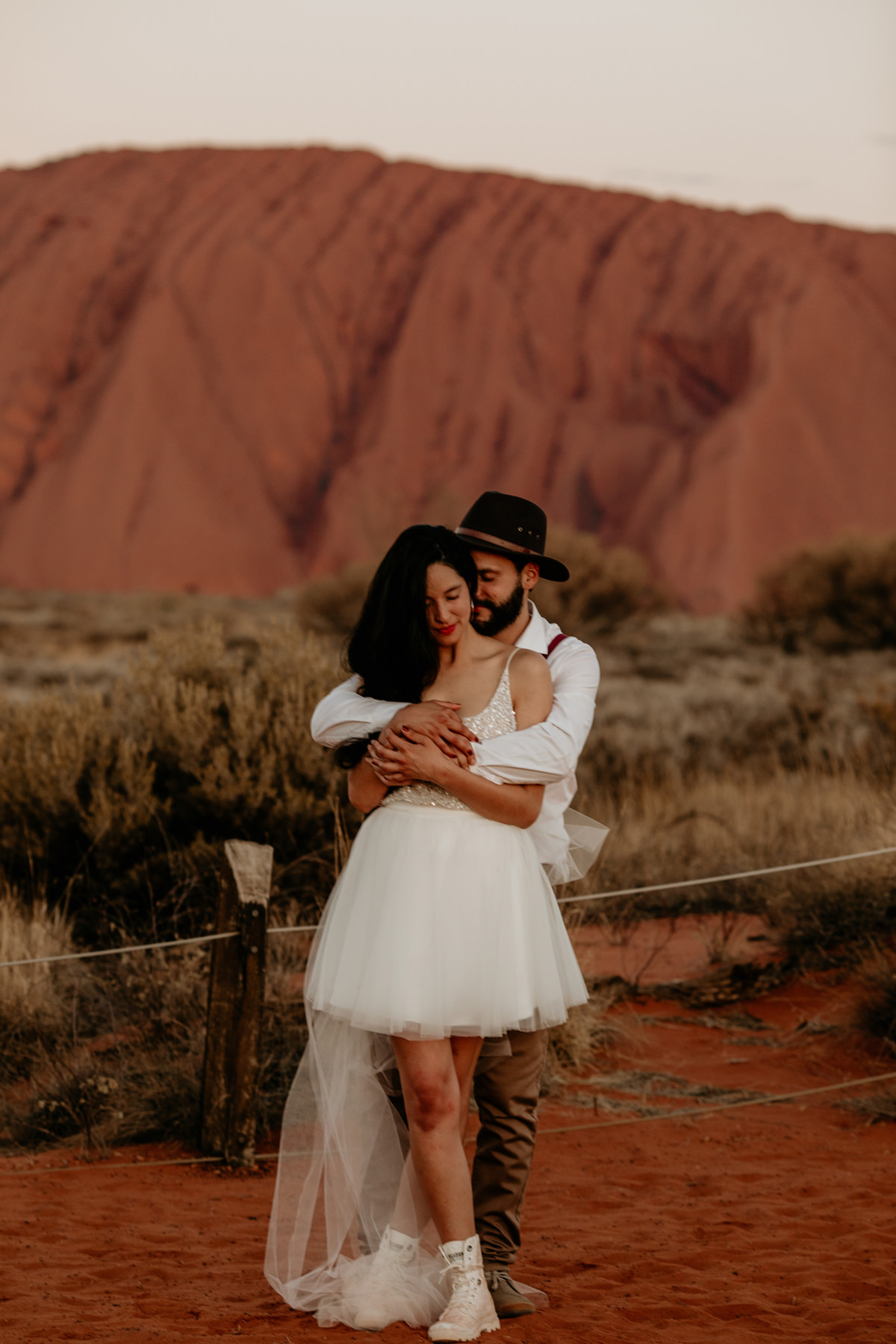









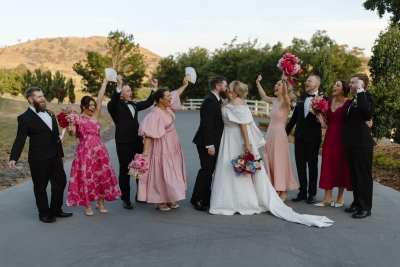
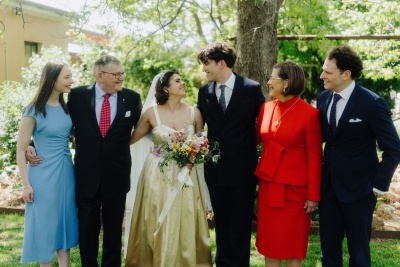
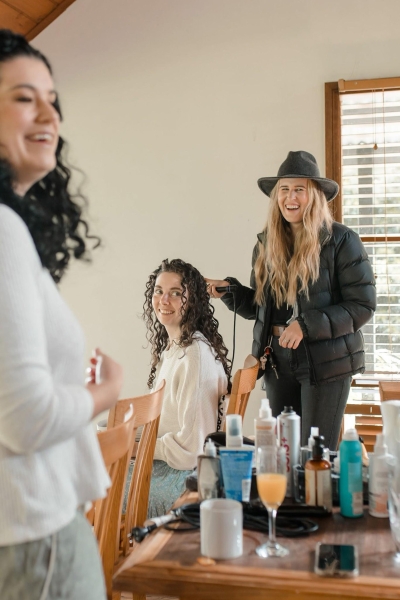

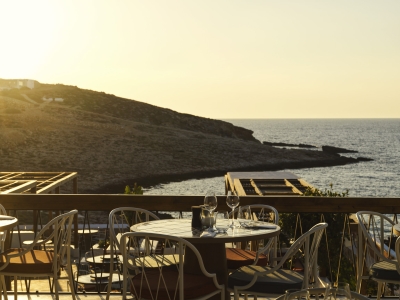



Join the conversation